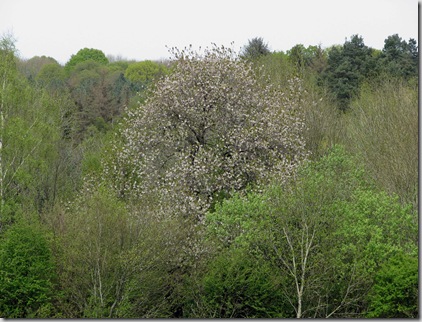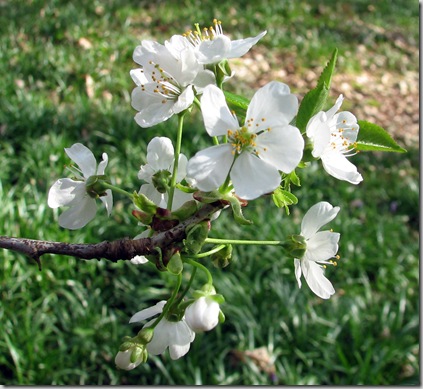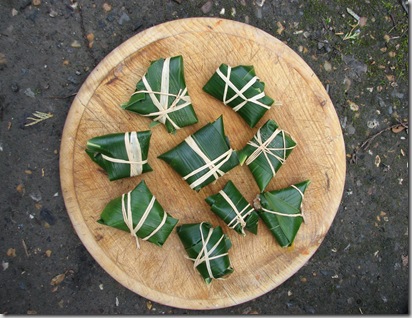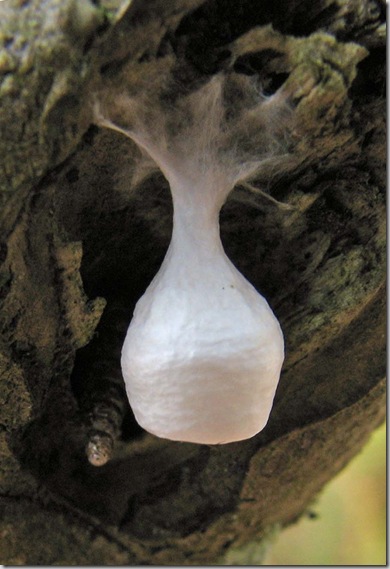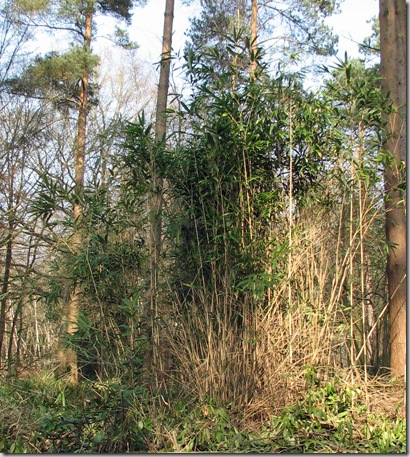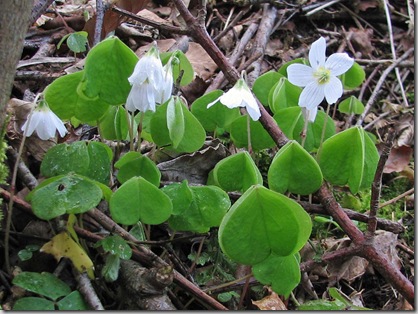Insect numbers are increasing as the weather gets warmer.
The bee fly (Bombylius major) is a frequent sight nectaring on primroses and other flowers along the rides.
Although they appear to be hovering they normally have their front and second pair of legs resting on the flower while they probe for nectar with their proboscis. The larvae are parasitic on mining bees.
There is another, slightly larger, species in Sussex: the dotted bee fly (Bombylius discolor). This has declined seriously in the last 50 years and was, until recently, only found on the coast, but it now appears to be spreading inland again. As the name indicates it has dark spots on its wings in addition to a somewhat smaller dark bar on the leading edge.

